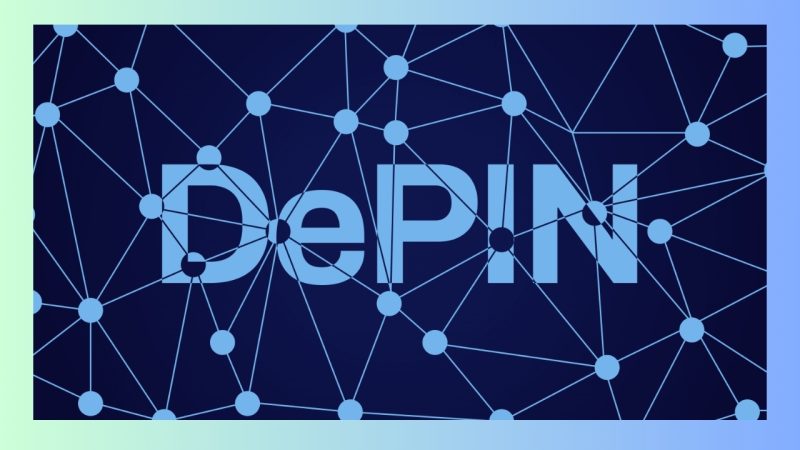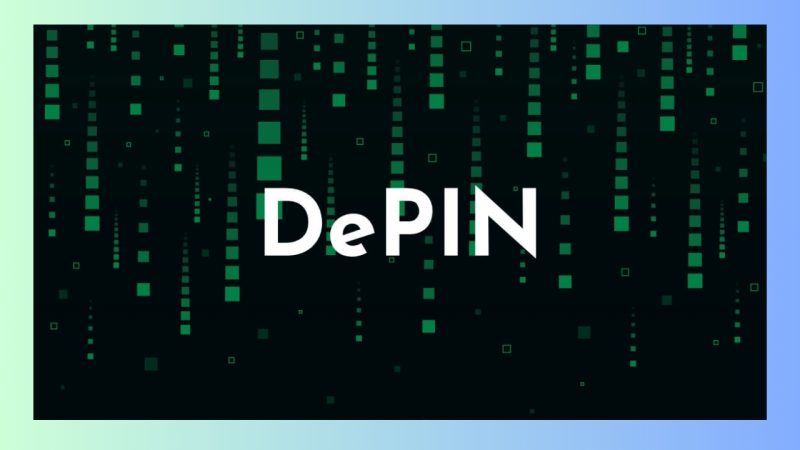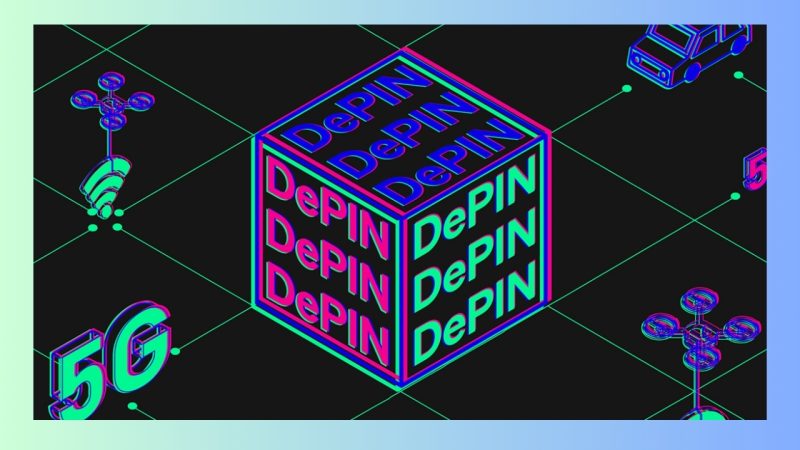DePIN (Decentralized physical infrastructure network) is emerging as an advanced technology with the potential to transform how we operate physical infrastructure systems. DePIN applied in practice is becoming a robust trend across various sectors, particularly in distributed technologies like IoT, wireless networks, decentralized storage, and cloud computing. In this article, I will explore the real-world applications of DePIN and its immense potential in diverse industries.
What is DePIN?
DePIN stands for Decentralized Physical Infrastructure Network. It is a model that combines physical infrastructure with blockchain technology, enabling users to build, maintain, and utilize physical assets through decentralized networks.
In a DePIN model, physical devices such as Wi-Fi stations, IoT (Internet of Things) sensors, or even GPU computers can be integrated with blockchain to share and utilize resources. These networks are no longer controlled by a single organization or government but are managed and governed by communities, creating a transparent, secure, and efficient system.
Why was DePIN developed?
DePIN arose from the need to overcome the limitations of traditional centralized systems in managing physical infrastructure. Centralized organizations often face high costs, lack transparency, and are prone to power abuse. With the advent of blockchain technology, DePIN has emerged as a groundbreaking solution due to its outstanding features:
- Cost optimization: DePIN operates on a decentralized network, eliminating the need for a central entity to manage and operate it. This significantly reduces infrastructure maintenance costs while encouraging individuals and organizations to participate in the ecosystem.
- Capital efficiency: Instead of heavily investing in expensive infrastructure, DePIN distributes resources across the network. This approach not only saves costs but also encourages multiple participants to contribute resources and share benefits.
- Rapid updates: Thanks to its decentralized nature, DePIN allows multiple participants to perform updates collaboratively. This helps systems respond faster compared to centralized models, where information often gets bottlenecked at key management points.
- Decentralization: This core feature of DePIN minimizes risks associated with data misuse and enhances transparency by distributing power and responsibility across the network. It addresses the security and dependency issues that centralized systems fail to resolve.
The role of DePIN applied in practice
DePIN (Decentralized physical infrastructure network) is not just a theoretical concept but has been practically applied in various technological and economic domains. Its applications are revolutionizing traditional industries, such as:
- Internet of Things (IoT): In IoT systems, DePIN can connect smart devices without relying on centralized intermediaries. These devices can communicate and share data autonomously, reducing time and costs.
- Telecommunications: DePIN optimizes cellular towers, allowing individuals and organizations to participate in providing telecom services to communities. This not only reduces costs but also improves infrastructure efficiency.
- Data storage: DePIN can also be applied in decentralized data storage systems. Devices worldwide can be interconnected to provide distributed storage capacity without intermediaries.

Practical applications of DePIN
DePIN is proving its powerful applicability in the following areas:
- Wi-Fi sharing: Decentralized Wi-Fi networks enable devices and users to connect without management by traditional telecom operators. Users can monetize their bandwidth by sharing it through blockchain systems.
- GPU Computing networks: With growing demand for computation and cryptocurrency mining, DePIN allows users to contribute computing resources for tasks, generating passive income.
- Decentralized storage: Platforms like Filecoin and Storj have adopted the DePIN model to offer distributed storage services. Users can share their storage resources and earn rewards for providing these services.
Future potential of DePIN in other fields
DePIN extends beyond current applications, unlocking limitless potential for emerging sectors:
- Renewable energy: DePIN can support the development of renewable energy systems, where individuals and businesses can share and consume clean energy more efficiently.
- Healthcare: In healthcare, DePIN can manage health data while ensuring patient privacy through blockchain. Decentralized networks can store and share medical information without relying on intermediaries.
- Logistics and supply chains: DePIN can enhance logistics and supply chain processes by creating distributed networks that transparently track and verify the movement of goods.
DePIN (Decentralized physical infrastructure network) is not only a major breakthrough in blockchain but also a promising technology with broad real-world applications. By creating decentralized models for physical infrastructure, DePIN will continue to revolutionize industries, opening new opportunities for businesses and consumers. With cost savings, enhanced security, and improved efficiency, DePIN is poised to become an integral part of the future of technology and the global economy.
Follow Solution Of Blockchain for daily updates on technology and financial investment markets!


